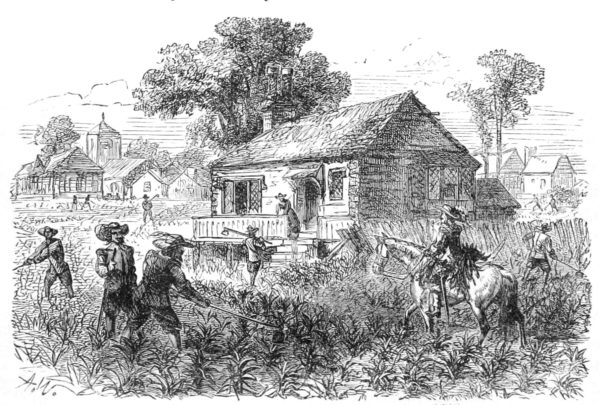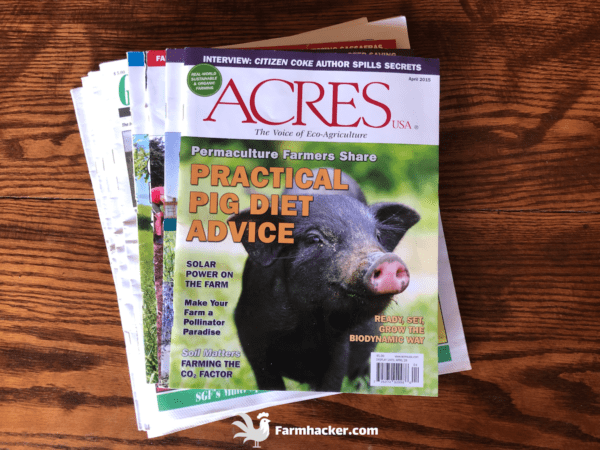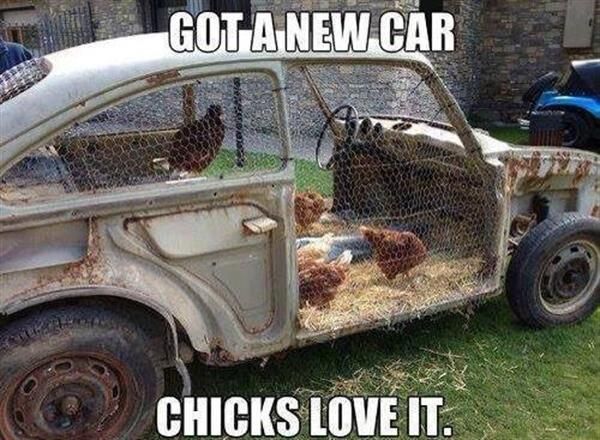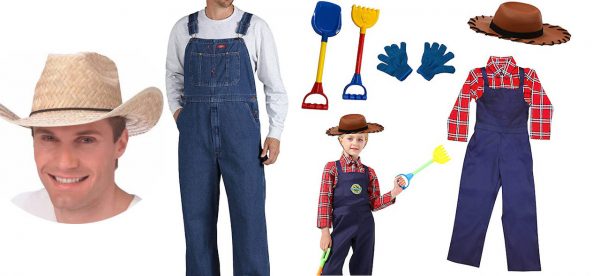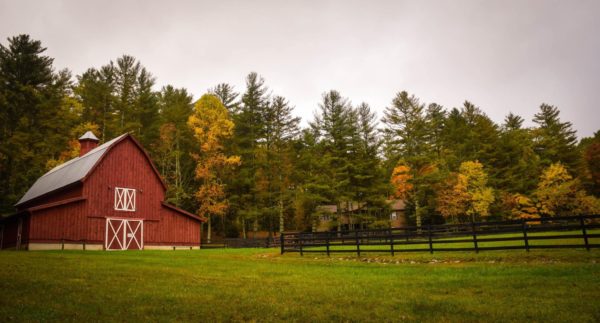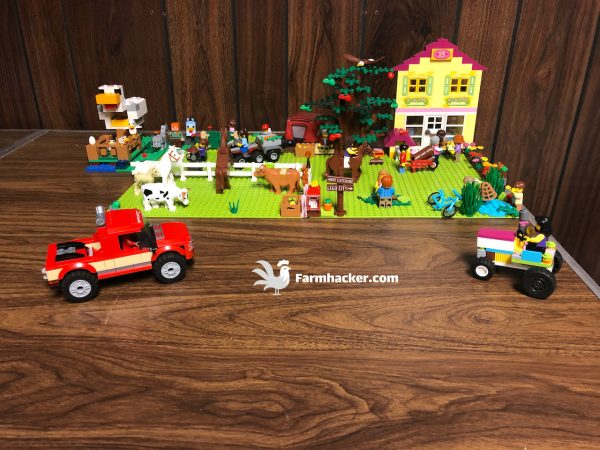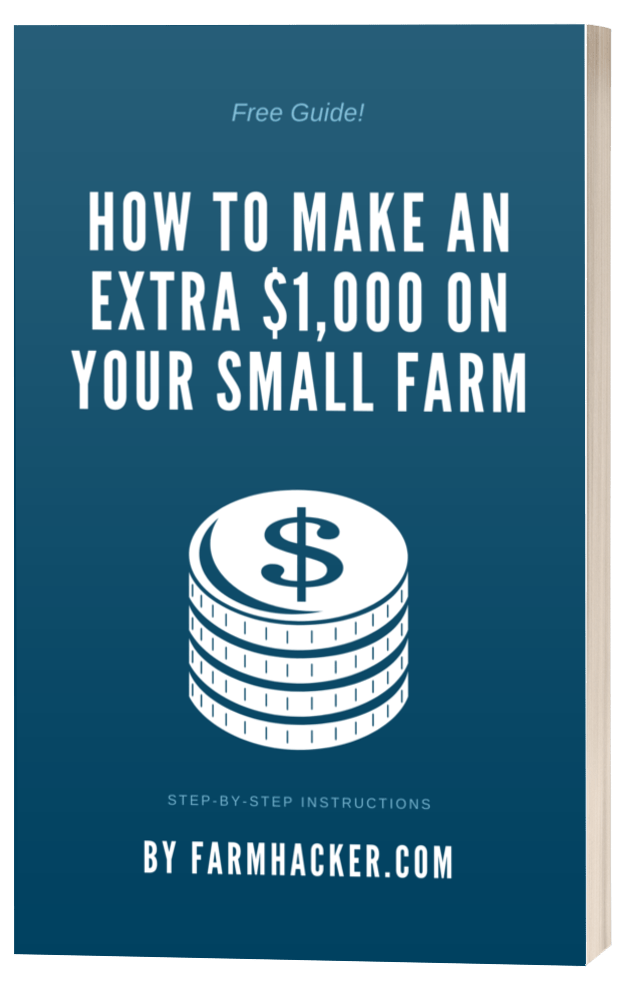Last Updated on December 14, 2021
You may have heard about Henry Stephens’ The Book of the Farm from the British TV series Victorian Farm. Now you can download it yourself for free. Here are all the volumes as PDFs.
How the Book of the Farm Can Help a Beginning Farmer
Farming has had many technological advancements over the past few centuries but the basics are still the same. This is especially true if you are a small-scale farmer.
With modernization and the rapid technological advances in current commercial farming methods, some of the older, low-tech farming methods are being lost as time marches on. This is why I hope that having access to the this book can be of help to future small-scale farmers.
Introduction to The Book of the Farm
The Book of the Farm was originally published in 1842 by Henry Stephens. Spanning three volumes, 91 chapters, and 1384 pages, it was the farming “bible” of it’s day. It was also used extensively in the British TV series Victorian Farm that follows three archaeologists and historians as the spend a year running a Victorian Era farm in England.
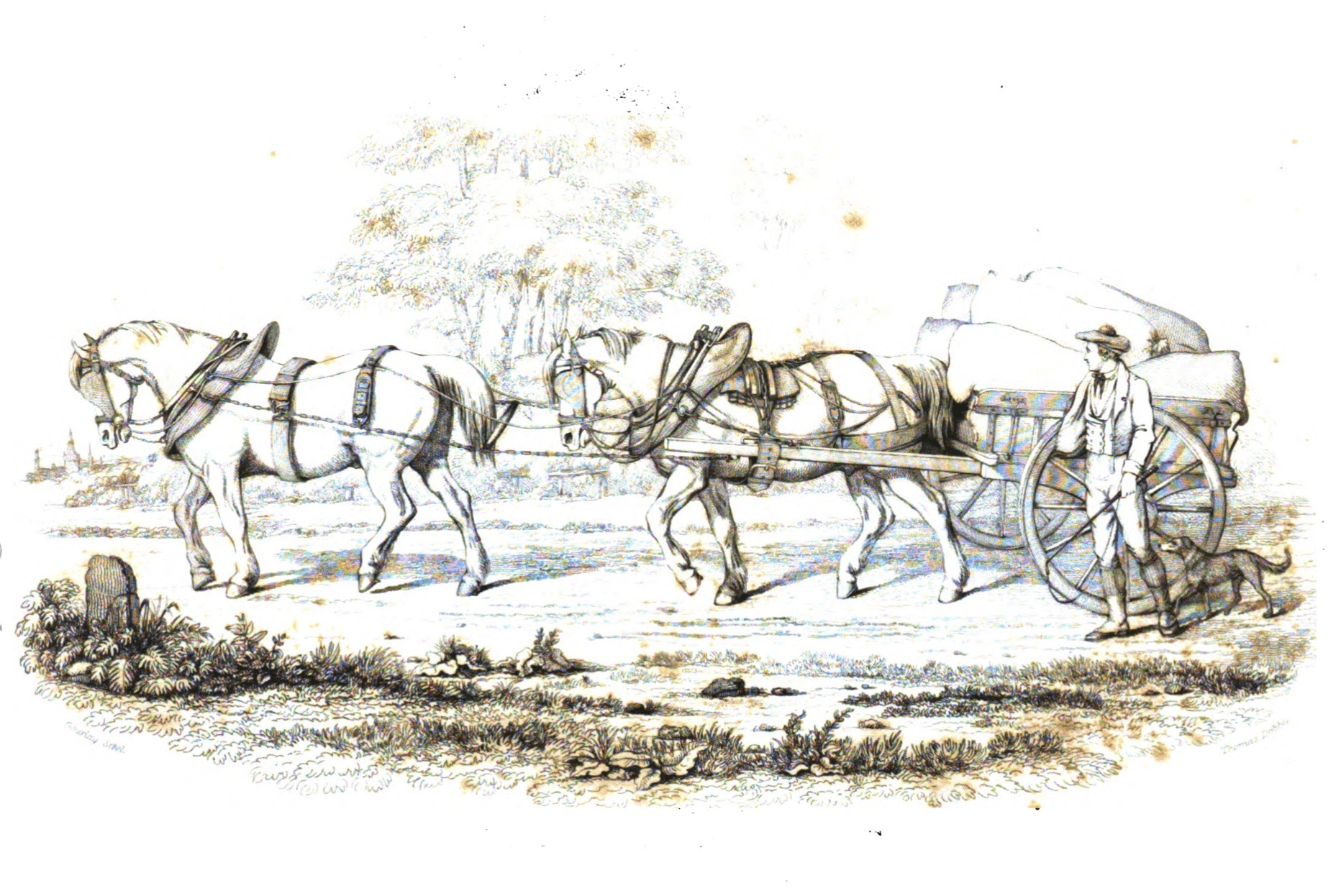
The Book of the Farm Table of Contents
Detailing the Labours of the Farmer, Farm-Steward, Ploughman, Shepherd, Hedger, Cattle-Man, Field-Worker, and Dairy-Maid
By Henry Stephens, F.R.S.E.
In Three Volumes with Numerous Illustrations
Originally published: 1842
Volume I
1. The Difficulties Which the Young Farmer Has to Encounter at the Outset of Learning Practical Husbandry
2. The Means of Overcoming Those Difficulties
3. The Kind of Information to Be Found in Existent Works on Agriculture
4. The Construction of “the Book of the Farm”
5. The Existing Methods of Learning Practical Husbandry
6. The Establishment of Scientific Institutions of Practical Agriculture
7. The Evils Attendant on Landowners Neglecting to Learn Practical Agriculture
8. Experimental Farms as Places for Instruction in Farming
9. A Few Words to Young Farmers Who Intend Emigrating as Agricultural Settlers to the Colonies
10. The Kind of Education Best Suited to Young Farmers
11. The Different Kinds of Farming
12. Choosing the Kind of Farming
13. Selecting a Tutor Farmer for Teaching Farming
14. The Pupilage
15. Dealing with the Details of Farming
16. The Steading or Farmstead
17. The Farm-House
18. The Persons Who Labour the Farm
19. The Weather in Winter
20. Climate
21. Observing and Recording Facts
22. Soils and Subsoils
23. Enclosures and Shelters
24. The Planting of Thorn Hedges
25. The Plough
26. The Various Modes of Ploughing Ridges
27. Draining
28. Yoking and Harnessing the Plough, and of Swing-Trees
29. Ploughing Stubble and Lea-Ground
30. Trench and Subsoil Ploughing, and Moor-Band Pan
Volume II
31. Drawing and Stowing Turnips, Mangel-Wurzel, Cabbage, Carrots, and Parsnips
32. The Feeding of Sheep on Turnips in Winter
33. Driving and Slaughtering Sheep
34. Rearing and Feeding Cattle on Turnips in Winter
35. Driving and Slaughtering Cattle
36. The Treatment of Farm-Horses in Winter
37. Fattening, Driving, and Slaughtering Swine
38. The Treatment of Fowls in Winter
39. Thrashing and Winnowing Grain, and of the Thrashing-Machine
40. The Wages of Farm-Servants
41. Corn Markets
42. The Farm Smith, Joiner, and Saddler
43. The Forming of Dunghills, and of Liquid Manure Tanks
44. Winter Irrigation
Spring
45. Cows, Calving, and Calves
46. The Advantages of Having Field-Work in a Foward State
47. Cross-Ploughing, Drilling, and Ribbing Land
48. Sowing Spring Wheat and Grass Seeds
49. Sowing Beans, Pease, Tares, Lucern, Saintfoin, Flax, and Hemp
50. Switching, Pruning, and Water-Tabling Thorn Hedges
51. Hiring Farm-Servants
52. Sowing Oat Seed
53. The Lambing of Ewes
54. The Training and Working The Shepherd’s Dog
55. Sowing Barley Seed
56. Turning Dunghills and Composts
57. Planting Potatoes
58. Breaking in Young Draught Horses
59. Sows Farrowing or Littering
60. The Hatching of Fowls
Volume III
Summer
61. The Sowing of Turnips, Mangel-Wurzel, Rape, Carrots, and Parsnips
62. Repairing the Fences of Grass-Fields, and the Proper Construction of Field-Gates
63. The Weaning of Calves, Bulls, and the Grazing of Cattle Till Winter
64. Mares Foaling, Stallons, and Horses at Grass
65. Sheep-Washing, Sheep-Shearing, and Weaning of Lambs
66. Rolling the Fleece, and the Qualities of Wool
67. The Making of Butter and Cheese
68. Weeding Corn, Green Crops, Pastures, and Hedges, and of Casualties to Plants
69. Hay-Making
70. Summer-Fallowing, and Liming the Soil
71. Building Stone-Dykes
72. Embankments Against Rivulets
73. Forming Water-Meadows
74. Breaking-In Young Saddle-Horses
Autumn
75. Pulling Flax and Hemp, and of the Hop
76. Reaping Rye, Wheat, Barley, Oats, Beans, and Pease
77. Carrying in, and Stacking Wheat, Barley, Oats, Beans, and Pease
78. Drafting Ewes and Gimmers, Tupping Ewes, and Bathing and Smearing Sheep
79. Lifting and Pitting Potatoes
80. Sowing Autumn Wheat, and the Construction and Principles of Agricultural Wheel-Carriages
81. Eggs
———
82. Rotation of Crops
83. Fertilizing the Soil by Means of Manures
84. The Points Possessed by the Domesticated Animals Most Desirable for the Farmer to Cultivate
85. Making Experiments on Farms
86. Destroying and Scaring Vermin on Farms
87. Looking at a Farm – Its Rent – Its Lease – Its Stocking – the Capital Required for It
88. Improving Waste Land
89. Farm Book-Keeping
90. The Conveniences of the Cottages of Farm-Servants
91. The Care to be Bestowed on the Preservation of Implements
Read The Book of the Farm Volume 1
Download The Book of the Farm Volume 1
Read The Book of the Farm Volume 2
Download The Book of the Farm Volume 2

